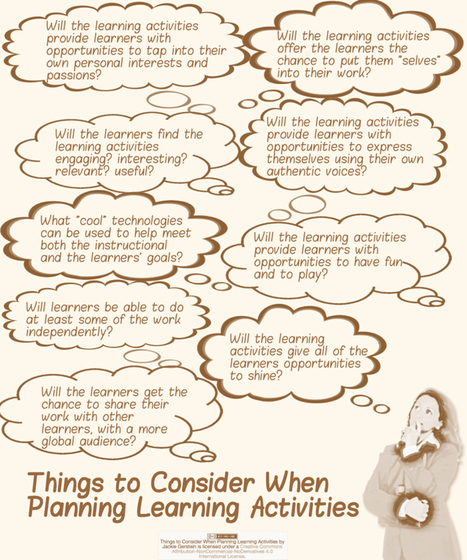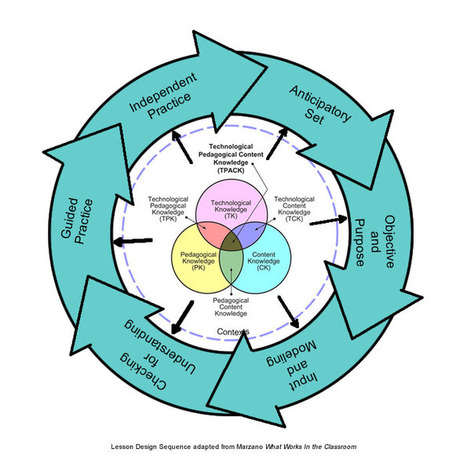I absolutely love planning lessons from scratch. I just got a job teaching technology units for a summer camp for elementary age students. I can design and teach whatever I want - planning for a d...
Get Started for FREE
Sign up with Facebook Sign up with X
I don't have a Facebook or a X account
 Your new post is loading... Your new post is loading...
 Your new post is loading... Your new post is loading...
Debbie Goodis's curator insight,
October 19, 2013 11:16 AM
Can these posters be purchased and printed? |

Roberto Ivan Ramirez's curator insight,
July 16, 2013 8:06 PM
En el modelo TPACK se agrega una serie de fases metodológicas que de alguna manera puede enriquecer y complementar la creación de proyectos colaborativos académicos, sin embargo esto tiene que pilotearse para observar y monitorear su nivel y grado de efectividad en el caso que esto se intente enfoacar a través de entornos personales de aprendizaje y posteriormente con la ampliación de redes personales de aprendizaje, es parte de lo que intento llevar a cabo con los cursos que implementé: comprobar si efectivamente o no se pueden concretar experiencias tecno pedagógicas significativas y pertienentes a nivel universitario, o con docentes y alumnos de escuelas secundarias, aun no tengo esos datos para compartirlos, pero esperemos relizarlo más adelante. Por lo pronto sigamos tejiendo las conexiones y los nodos con las herramientas y personas invitadas y las que se puedan sumar. 
Deborah Chad's curator insight,
August 31, 2013 5:57 PM
Not so sure I agree with this at first glance- but need to explore it more- design theory seems to change often |















Interesting questions to ask when planning lessons which help to create exciting lesson plans that focus on the needs of the students and to find ways to engage them all.
Excellent guide to follow when planning our classes.
This image provides questions to to ask yourself when you want to plan learning activities,. You want to ensure that the activities are age appropriate.